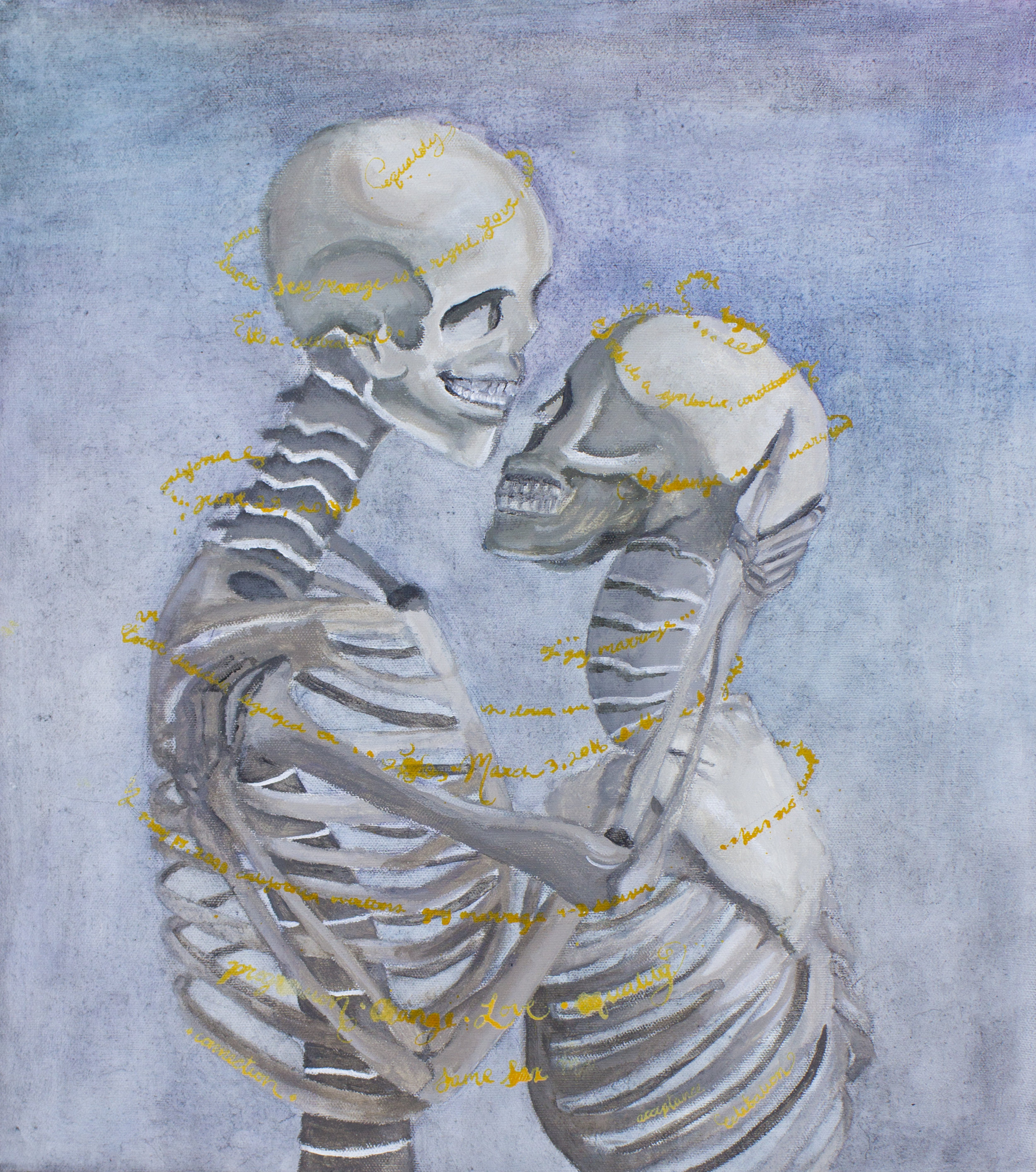I begin every unit with a line of questioning. This project starts with a general idea of where ideas come from, how they are born, and why that process difficult.
Mixtum is a game that was created by two artists, Yutaka Houlette and Heidi Gustafson. The basic premise is choose three images, and then make something inspired by them. This game’s success is built into its simplicity. The images on the board are accessible to anyone, and are schematic enough to inspire both surface level and deep connections and associations.
The structure and rules of the game are simple.
1. Spin the hands on the board.
2. Identify the images selected by the hands. Example: Whale, Tooth, Bridge
3. Create something inspired by the three images.
4. Take turns or work collaboratively.
The possibilities for creation are endless. I always begin this unit with simple storytelling, and then build from there. But students could basically choose to make anything they want: a drawing, song, dance, or movie.
I make sure to bring in guests when starting this game, and rely heavily on creative support from my fellow faculty members. I find that when my students haven’t been intellectually challenged or inspired by this game, they begin with incredibly basic stories: a whale swam under a bridge and its tooth fell out. By bringing in people from other domains, students see how other people build elaborate worlds from these images, and learn that the connection between the story and the image doesn't always have to be obvious.
After students have played this game for a few days, through both storytelling and then some visual play, either drawing or photography, I transition them into the real meat of the project: create a visual narrative that tells a story through the use of photography and lighting.
We begin by looking at the work of photographers who are masters of visual storytelling, and who each tell elaborate stories in different ways. Some on the grand scale, while others in more feasible and student friendly ways.
Students then spin the wheel again, and must build an image based around their chosen symbols. This premise allows for flexibility for each student. Some are ready to make divergent connections, while others who may still be functioning at a more surface level can find success without an elaborate concept.
Selected Symbols:
Image 1. Black Hole, Treasure Map, Fire
Image 2. Peppermint, Sword, Rainbow
Image 3. Mirror, House, Unicorn
Image 4. Sonar, UFO, Human
Image 5. Clock, Map, Sun
Image 6. Window, Bottle, Butterfly










